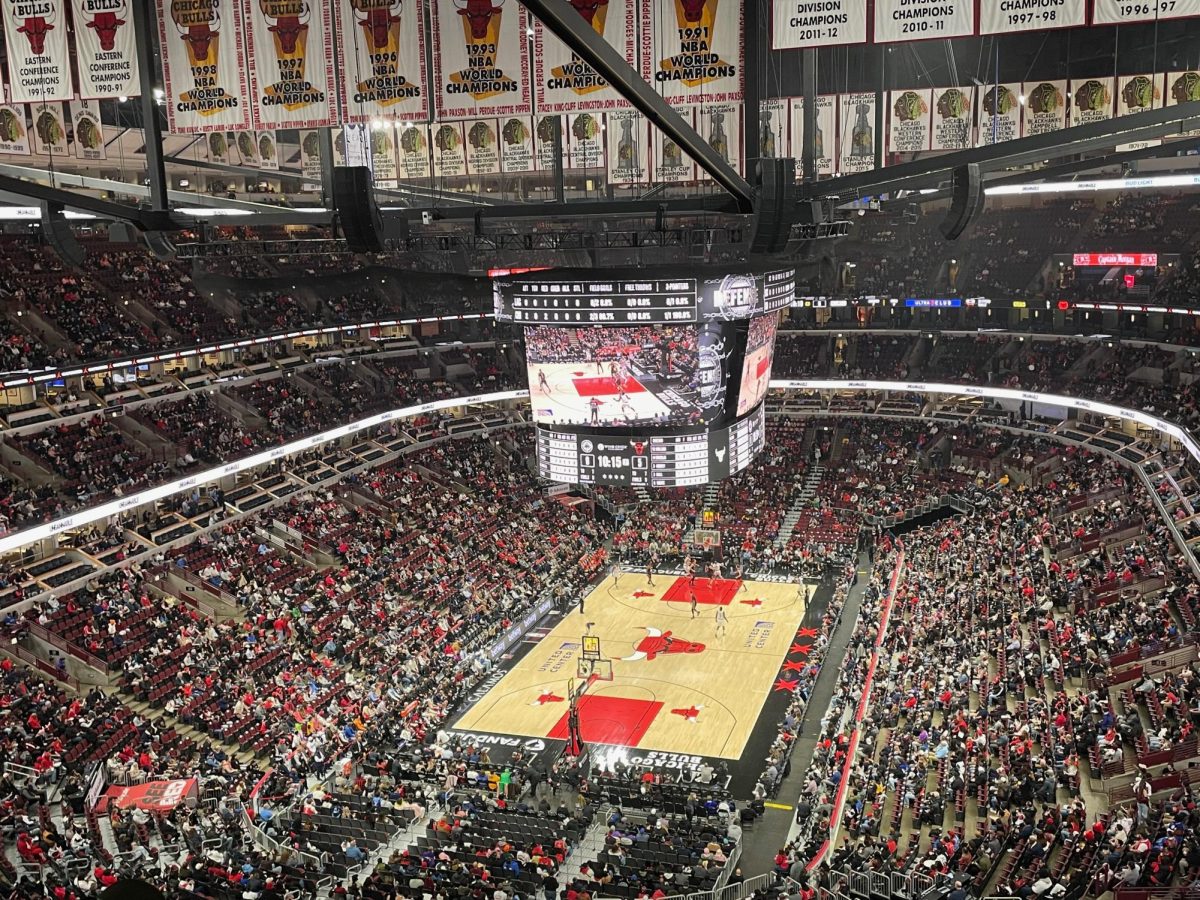Major League Soccer just announced that next year they are substantially revamping their playoff format and expanding their regular-season schedule. On tap for next year: 30 regular season games (up from 28 last season) and a first-round playoff series that features home-and-home games, with the team that scores the most goals advancing.
It’s about time.
Currently, the MLS season does not contain enough games. A 30-game schedule is an improvement, but even that number lags behind many of the other national leagues around the world. Teams in England and Spain play closer to 40 games a season, and that’s discounting all the various cup competitions that many clubs enter. It’s not unrealistic for many top clubs to play close to 50 matches in a season.
Sure, American soccer does feature a cup competition, but few MLS teams take part in world club tournaments or even regional competitions. Moreover, with only 28 games last year, most young MLS players played around 15 fewer matches than their counterparts overseas. This only hurts the development of MLS’s young players. Footballers need to play to improve, and the more consistent, high-level play a player sees, the better he or she becomes. Playing 30 games instead of 28 does ameliorate this situation a bit, but it’s still not enough.
Undoubtedly, major clubs in Europe play too many matches. Players will be the first to tell you that they feel overly fatigued at the end of a long club campaign. This year’s World Cup was a testament to that fact. Many European and South American players entered the World Cup in less-than-ideal condition. The Italians, the French, the Argentineans, and many other national teams that boast numerous big-club players could not perform at full speed. Portugal, for example, blamed fatigue for their opening-round loss to the U.S.
Specifically, in the U.S. match, many star Portuguese players, like Luis Figo or Rui Costa, lacked any kind of burst or explosion around the ball. These players suffered through the long European season. Accordingly, when the World Cup came around, there was very little left in the tank. The American players, on the other hand, looked rested, vigorous, and hungry.
Of course, teams need to strike out the correct balance between playing and resting. In Europe, with massive TV deals on the line, media giants compel big clubs to play more matches. In the U.S., of course, this simply isn’t a problem. ABC and ESPN aren’t exactly drooling at the prospect of broadcasting the Columbus Crew against the Rochester Rhinos in domestic cup competition more often. Nevertheless, for the development of the league, players should play a bit more. 30 games are just not sufficient.
So what’s the magic number? Well, there is no exact figure, but playing a little under 40 total matches in about a seven-month span sounds about right. Playing around 37 or 38 matches in around 28 or 29 weeks is certainly manageable for top-level clubs. American players–especially those that play fewer games due to the small college soccer schedule–need all the experience they can get. Playing a 38-game schedule offers the most promising young U.S. players the opportunity to get the experience they need.
With regard to the changed playoff format, it seems as though MLS has finally got it right. After years of bizarre first-to-five-points series, strange “shootouts” and other irrelevant additions, MLS has adopted a more traditional, home-and-home playoff series format. This type of playoff structure falls in line with most major leagues around the world. Moreover, with goals counting for potential tiebreakers, it encourages teams to keep on attacking. An extra incentive to attack only bodes well for MLS.
So, will the changed structure fill stadiums across the nation? No, probably not. MLS still has plenty of work to do on the road ahead. Soccer-specific stadiums still need to see the light of day, the quality of play on the pitch has got to rise, and MLS clubs need to be continually innovative in seeking out and retaining talent. Adding a few more games to the schedule or changing the playoff structure won’t lead to any more ticket receipts at the end of the day.
These changes do send out encouraging signals about the league, though. Other countries saw MLS’s shootouts and unusual playoff system and probably just laughed. Now, with MLS conforming to the precedents set by other leagues, the American domestic league feels a bit more, well, like a true football association, rather than just another American gimmick.
No, these changes won’t exactly set the world on fire. But they’re a start.








